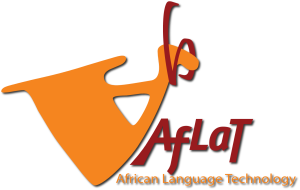Language and Education in Mali: A consideration of two approaches
| Title | Language and Education in Mali: A consideration of two approaches |
| Publication Type | Thesis |
| Year of Publication | 2003 |
| Authors | Canvin, Maggie |
| Academic Department | School of Education |
| Number of Pages | 419 |
| University | University of Reading, UK |
| City | Reading |
| Thesis Type | PhD Thesis |
| Abstract | Issues surrounding the decision of which language/s to use in formal education are of great importance to education policy makers in developing countries. However, this area is often ignored in studies of education systems. This study explores issues surrounding linguistic diversity and its implications for education, together with political concerns about language and resultant government language policies. Many countries in sub-Saharan Africa, such as Mali, are linguistically complex and have low literacy rates. These countries are concerned about the high levels of drop-outs and retakes in their school systems. In order to alleviate this, many have tried the introduction of indigenous languages in a variety of bilingual education programmes. One such programme, Pédagogie Convergente, combines the use of indigenous languages with an innovative pedagogy. This study contributes to the debate on linguistic diversity and language and education in Mali in Mali. by researching the Pédagogie Convergente approach, and contrasting this with the Traditional French approach still being used in most Malian schools. It does this by focussing on the realities of everyday school life in one school complex. Data was collected using a variety of ethnographic research methods, including classroom observations, interviews, questionnaires and various recording techniques. The study concludes that Pédagogie Convergente appears to deliver a better education for Mali because students pass through the system more quickly, fewer drop out and students receive a better educational experience. But it argues that there are factors other than language and that the new pedagogy needs to be taken into account when evaluating the true benefit of the innovative approach. |
- Login to post comments
- Google Scholar


